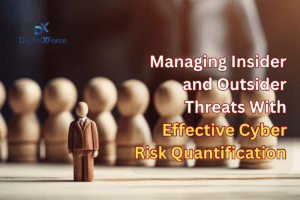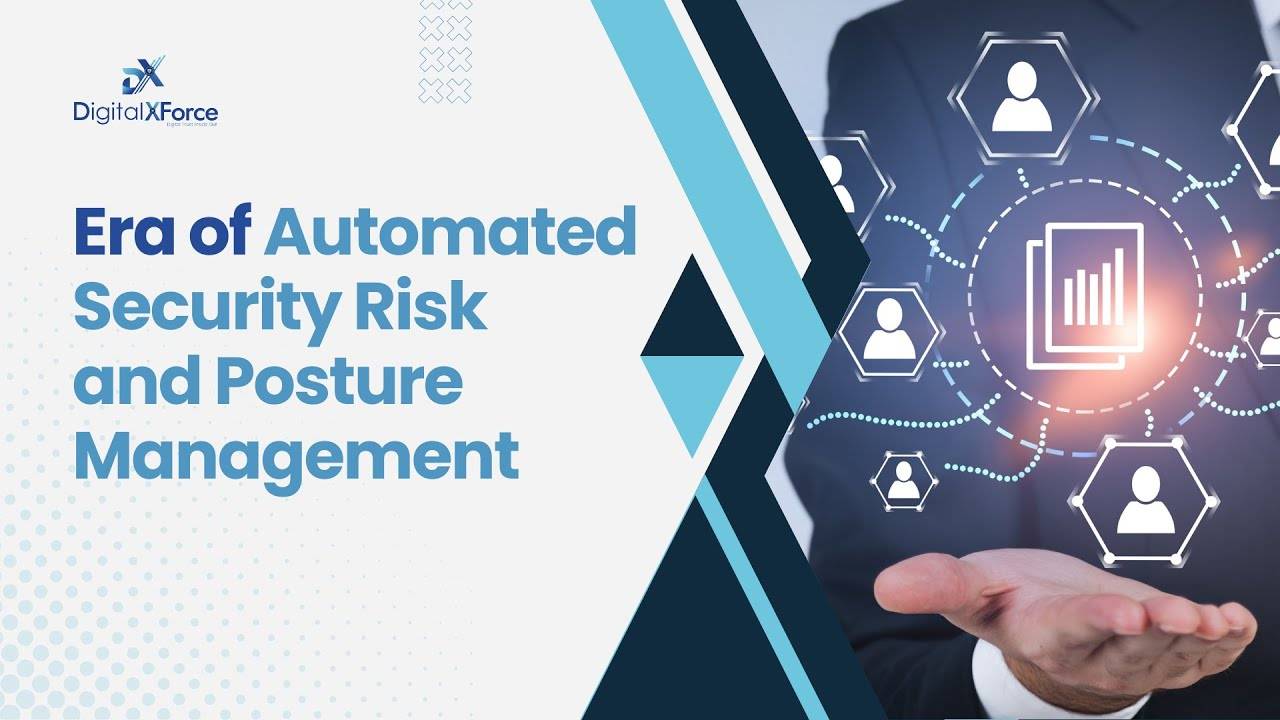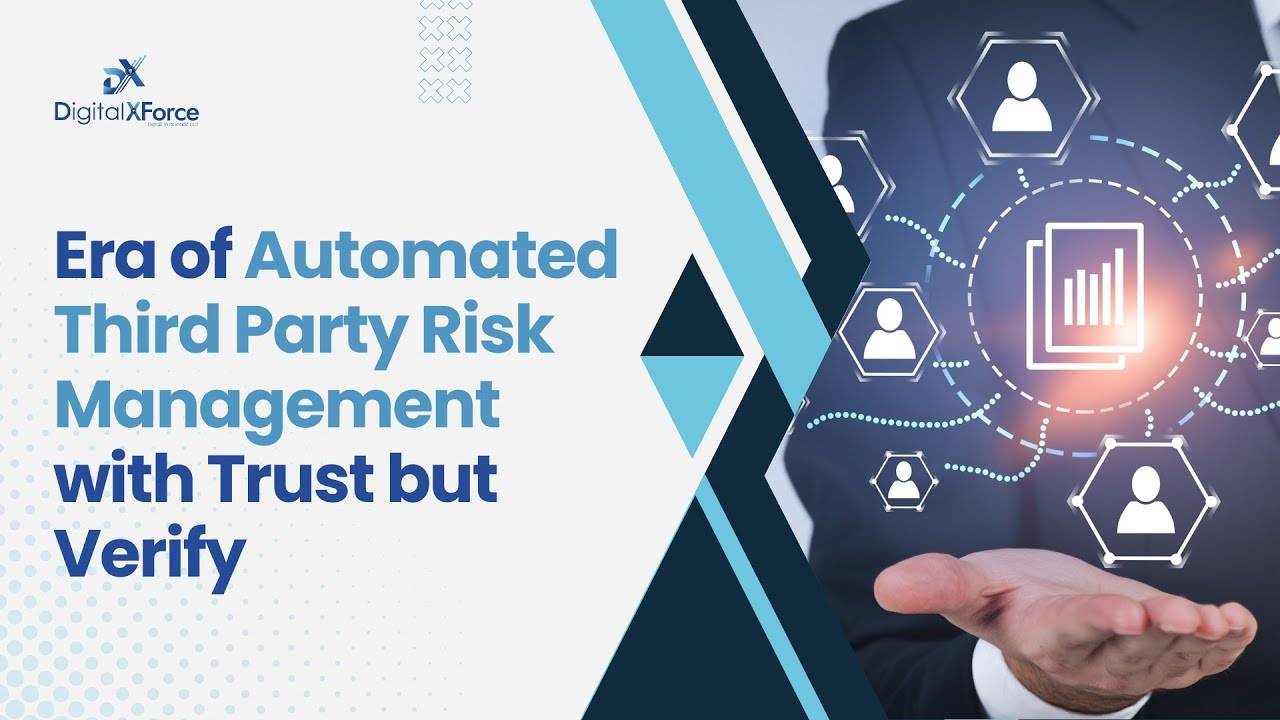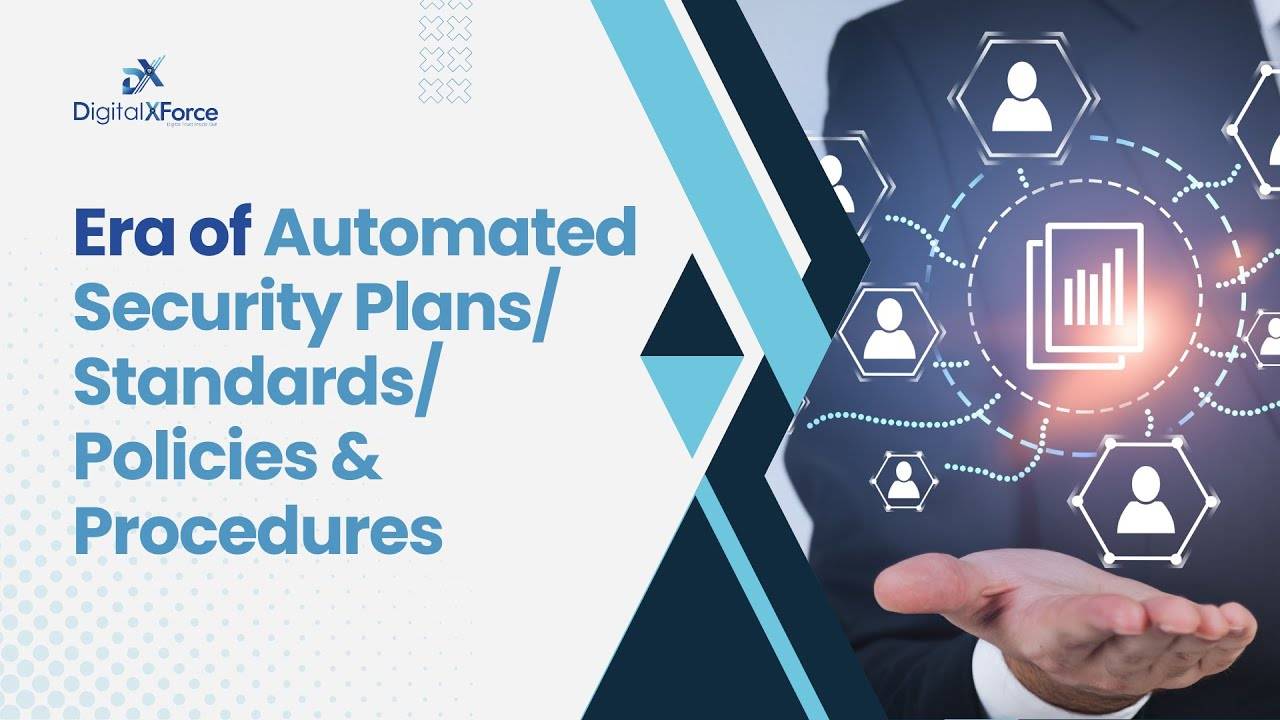Lalit Ahluwalia is committed to redefining the future of cybersecurity by helping large and small-scale businesses prioritize digital trust. Here, Lalit takes a deep dive into understanding insider and outsider threats, how businesses can leverage effective cyber risk quantification to manage cyber threats, and the challenges in effective cyber risk quantification.

Managing cyber threats is the first step towards safeguarding your organization against attacks in today’s digitally connected world. Whether it’s the insider who unintentionally compromises your data or the cunning outsider trying to breach your defenses, you must be prepared. That’s where effective cyber risk quantification comes into play, arming you with the knowledge and tools needed to manage both insider and outsider threats with precision.
In this article, I’ll guide you through the world of effective cyber risk quantification, explaining why it’s crucial and how you can leverage it to fortify your defenses.
Insider Threats: A Growing Dilemma
Insider threats are lurking within your organization’s walls, potentially more dangerous than external attacks. They come from individuals with intimate knowledge of your systems, who may inadvertently or maliciously compromise your security. These threats can stem from employees, contractors, or business partners.
According to Proofpoint, “as the 2022 Cost of Insider Threats Global Report reveals, insider threat incidents have risen 44% over the past two years, with costs per incident up more than a third to $15.38 million”. A recent 2023 Insider Threats Report reveals that insider threats have increased by 74%. This highlights the urgency of addressing insider threats effectively.
Addressing Outsider Threats
Outside your organization’s digital perimeter, a constant barrage of external threats persists. Hackers, cybercriminals, and state-sponsored actors are actively seeking vulnerabilities to exploit. The motives range from financial gain to espionage, and they come equipped with an array of tactics.
The Verizon Data Breach Investigations Report (DBIR) 2021 reveals that 85% of data breaches are financially motivated. A recent 2023 Data Breach Investigations Report (DBIR) also reveals that 83% of threats involved external actors, with the majority being financially motivated, and 74% of these data breaches involve the human element, which includes social engineering attacks, errors or misuse. The stark reality is that external threats are a persistent force to reckon with.
Embracing Effective Cyber Risk Quantification
Effective cyber risk quantification empowers you to tackle both insider and outsider threats with precision and purpose. Here’s how it can make a difference:
Comprehensive Risk Assessment: Cyber risk quantification enables you to conduct a comprehensive risk assessment, helping you identify, measure, and prioritize the threats facing your organization.
Understanding Impact: With quantification, you can understand the potential financial and reputational impact of a cyber incident. This knowledge allows you to allocate resources wisely and prepare accordingly.
Customized Defense Strategies: You can tailor your defense strategies based on quantified risk data. This includes formulating prevention, detection, and response strategies for both insider and outsider threats.
Compliance Alignment: Effective quantification ensures that your security measures align with regulatory requirements and industry standards, helping you avoid costly penalties and legal consequences.
Leveraging Cyber Risk Quantification to Mitigate Insider Threats
Let’s explore how you can employ cyber risk quantification specifically to mitigate insider threats:
User Behavior Analytics: Implement user behavior analytics tools that leverage quantified risk data to monitor employee activities. These tools can help detect unusual or potentially harmful actions.
Access Controls: Use quantified risk data to fine-tune access controls. Restrict access to sensitive information based on individual risk levels, and regularly review and update access permissions.
Employee Training: Utilize quantification to design targeted training programs for employees. Help them understand the financial and reputational consequences of insider threats, making them more vigilant and proactive.
Data Loss Prevention (DLP): Leverage DLP solutions that use quantified risk data to identify and prevent unauthorized data transfers or leaks by insiders. These solutions can significantly reduce the risk of data breaches.
Leveraging Cyber Risk Quantification to Defend Against Outsider Threats
Now, let’s delve into how you can apply cyber risk quantification to fortify your defenses against outsider threats:
Threat Intelligence Integration: Integrate threat intelligence feeds into your quantification model. This real-time information helps you stay updated on emerging external threats and adapt your defenses accordingly.
Attack Surface Assessment: Use quantified risk data to assess your organization’s attack surface. Identify vulnerabilities that are attractive to outsiders and prioritize patching and security updates.
Incident Response Planning: Develop incident response plans based on quantified risk data. These plans should outline specific actions to take in the event of an outsider breach, minimizing damage and downtime.
Third-Party Risk Assessment: Extend quantification to assess the security of third-party vendors and partners who have access to your network. Ensure that they meet your cybersecurity standards to reduce outsider threat vectors.
Challenges in Effective Cyber Risk Quantification
While effective cyber risk quantification is a powerful tool, it comes with its own set of challenges:
Data Accuracy: The accuracy of your quantification model depends on the quality and accuracy of the data it uses. Inaccurate or outdated data can lead to unreliable risk assessments.
Continuous Monitoring: Cyber risks evolve, and quantification should be an ongoing process. Regularly update and adapt your model to reflect the changing threat landscape.
Resource Allocation: Quantified data may reveal numerous risks, but resources are limited. Prioritizing which risks to address first can be a complex and resource-intensive task.
Final Words
In conclusion, as you navigate the digital landscape fraught with insider and outsider threats, effective cyber risk quantification emerges as your strategic ally. It equips you with the knowledge, insights, and actionable data needed to navigate the complexities of cybersecurity effectively.
By embracing and harnessing the power of effective cyber risk quantification, you can build a robust defense against both insider and outsider threats, safeguarding your organization’s assets, reputation, and resilience. In a world where threats are relentless and ever-evolving, knowledge is your strength, and quantification is your shield and sword. Take control of your cybersecurity destiny and empower your organization to thrive securely in the digital age.
Related Articles
Risk Quantification: A Holistic Approach to Measuring Cyber Threats

 Lalit Ahluwalia is committed to redefining the future of cybersecurity by helping large and small-scale businesses prioritize digital trust. Here, Lalit takes a deep dive into understanding insider and outsider threats, how businesses can leverage effective cyber risk quantification to manage cyber threats, and the challenges in effective cyber risk quantification.
Lalit Ahluwalia is committed to redefining the future of cybersecurity by helping large and small-scale businesses prioritize digital trust. Here, Lalit takes a deep dive into understanding insider and outsider threats, how businesses can leverage effective cyber risk quantification to manage cyber threats, and the challenges in effective cyber risk quantification.

